We invited photographer and experience chaser, Pat Kay, to adventure to the pristine prefectures of Kyushu to document a side of Japan rarely seen.
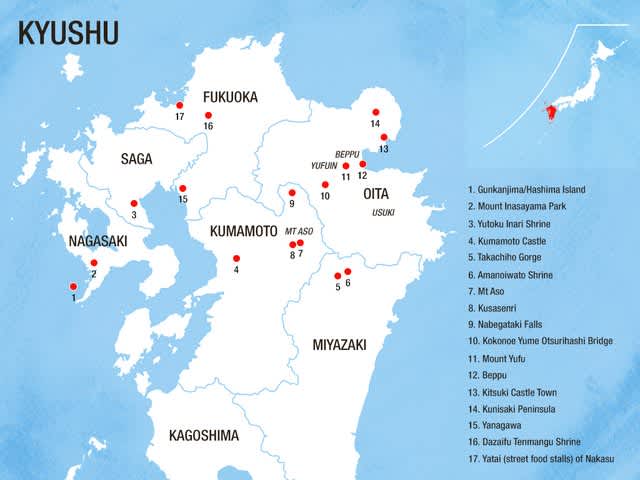
To give him a warm Japanese welcome before he even landed, Pat received the full flight experience complete with business class flights courtesy of All Nippon Airways as well as access to the ANA business lounge so he could prepare for the journey ahead in style and comfort.

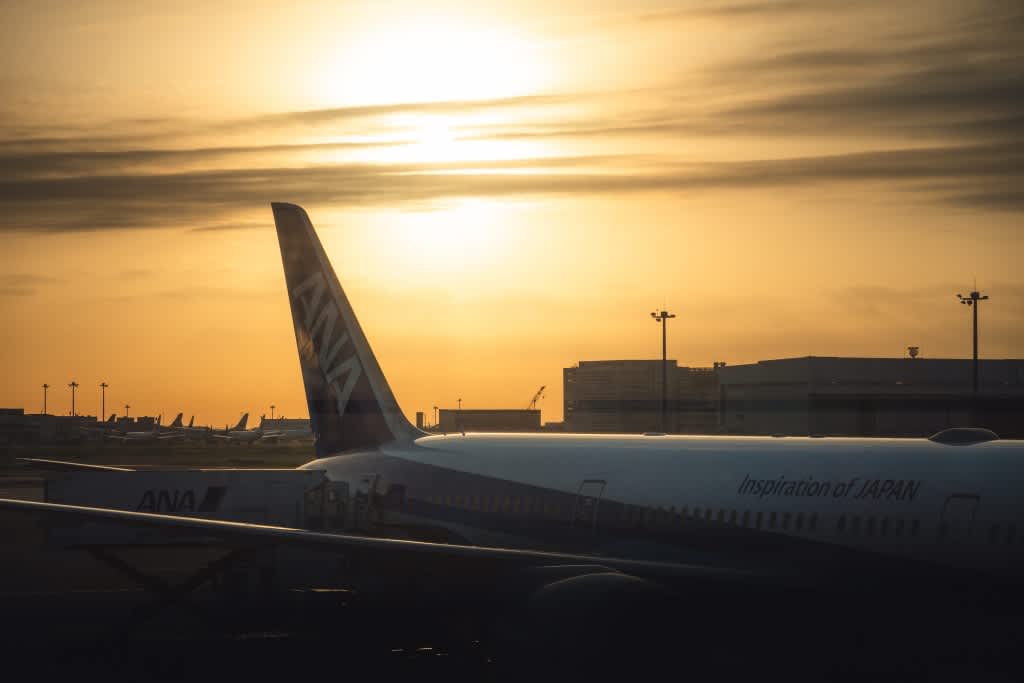

We couldn’t possibly fit all of the things to see, do and experience in Kyushu in seven days, let alone an article. So here are our top destinations that deserve a spot on your ‘must do’ list.
#1 — Hashima Island (Nagasaki Prefecture)
Also known as Gunkanjima to the locals, the battleship-shaped island is a completely abandoned island void of everything—except a rich history. Previously a coal mining island once buzzing with life, when the coal reserves ran dry, citizens vacated the island, leaving behind an eerie, ghost town that has since been approved as a UNESCO world heritage site.
For all you movie buffs, you might also recognise this post-apocalyptic setting from the Bond film, Skyfall!
Getting there: Tour boats are operated by multiple companies and depart from various locations in Nagasaki Port including the Nagasaki Port Ferry (close to Ohato streetcar stop) and Tokiwa (close to Ourakaigan-Dori streetcar stop) Terminals.


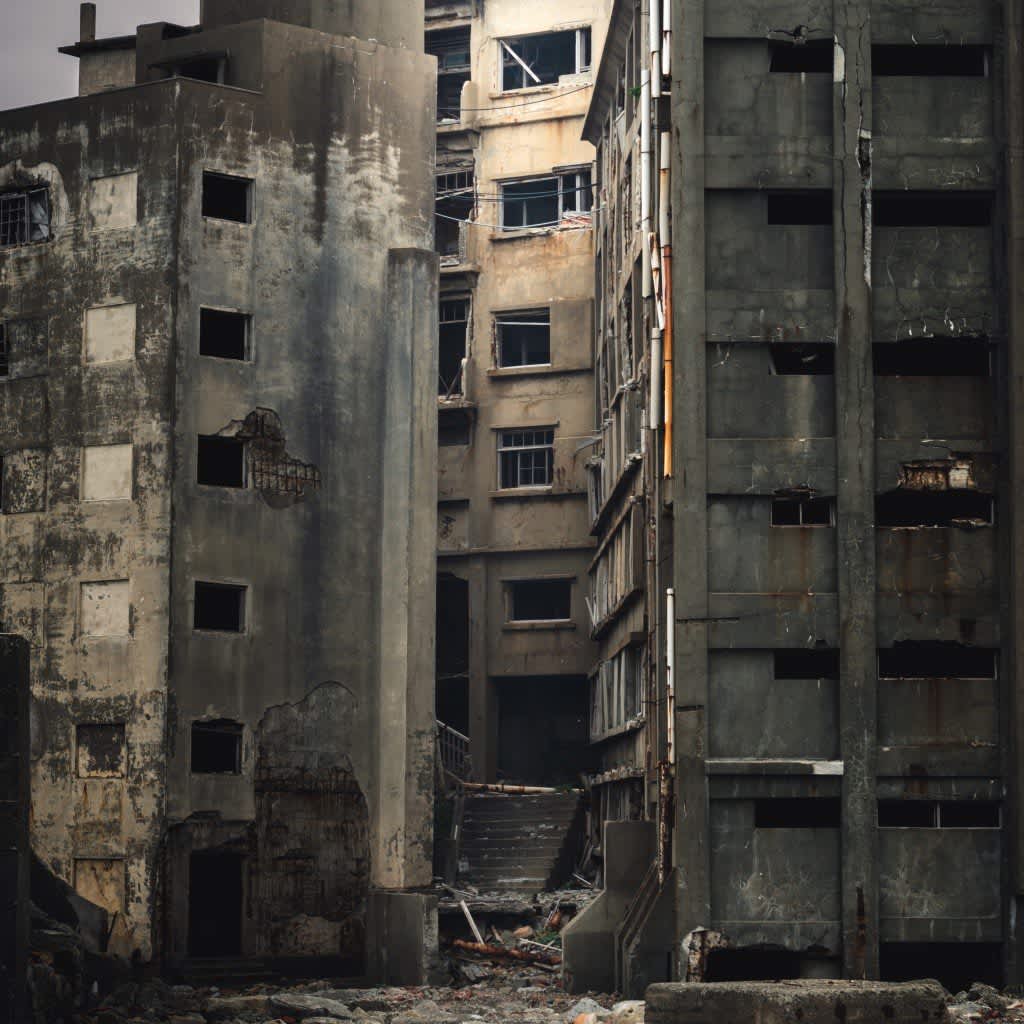
#2 — Yutoku Inari Shrine (Saga Prefecture)
One of Japan’s three most famous shrines dedicated to Inari, the Shinto god of harvest and prosperity, Yutoku Inari Shrine sits on an impressively large area up the mountainside, offering its own mini pilgrimage that’s worth the walk.
With its own unique architecture and rows of torii (Shinto shrine gateways) leading you upwards, this Inari Shrine offers a tranquil getaway to explore, far away from the tourist hordes.
Getting there: If you’re taking public transport, catch the Limited Express Kamome train to Hizenkashima station from Saga (20 mins) or Hakata station (60 mins). This train is covered by the JR Pass.
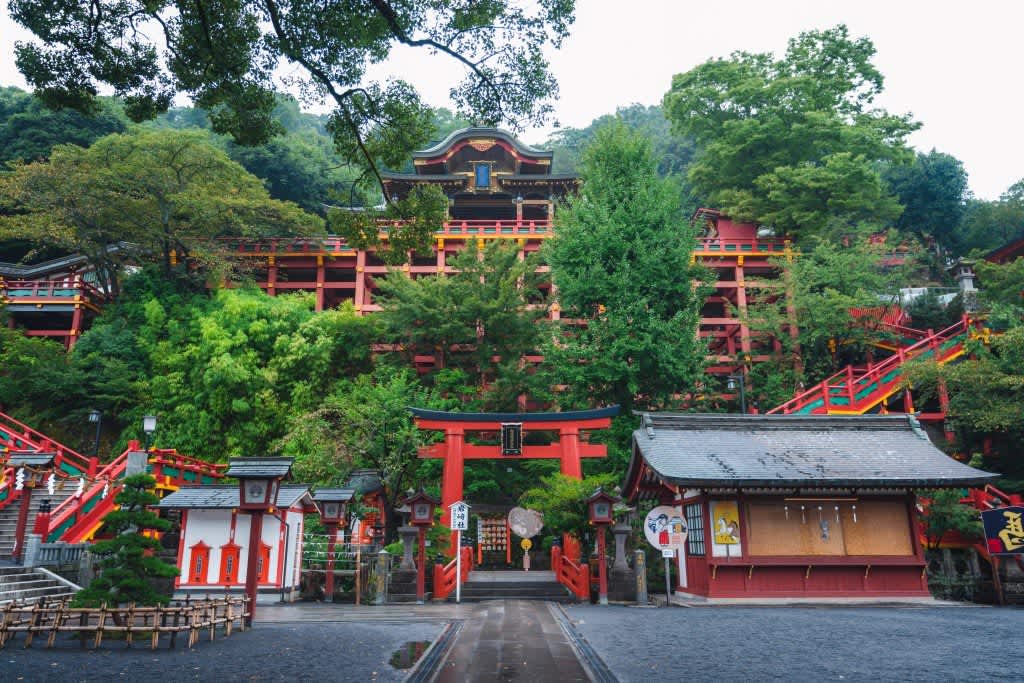

#3 — Kumamoto Castle (Kumamoto Prefecture)
Gloriously perched atop a hill in Kumamoto City, the large, well-fortified castle dates back to 1496 and is considered one of the three premier castles in Japan, along with Himeji and Nagoya Castles. Surviving a famous siege, fire, and more recently, an earthquake (2016), Kumamoto Castle has undergone significant restoration to preserve its magnificence in all its glory.
Getting there: Located in the heart of Kumamoto City, the castle is only a 15 minute tram ride or 30-45 minute walk from JR Kumamoto Station.

#4 — Takachiho Gorge (Miyazaki Prefecture)
Every conceivable angle of the gorge is stunning. From the views from within the hire boats, to the views from the bridges above, to the short walking trails that wind up the back of the gorge, this hidden gem created from the nearby Mt Aso’s volcanic activity is an absolute must-see experience.
Getting there: The express bus Takachiho-go from Kumamoto station to Nobeoka stops at Takachiho. It takes just over 3 hours and there are 2 round trips per day. From Takachiho Bus Center, a sightseeing bus operates on weekends and public holidays. Otherwise it is a 30-40 minute walk to the gorge.
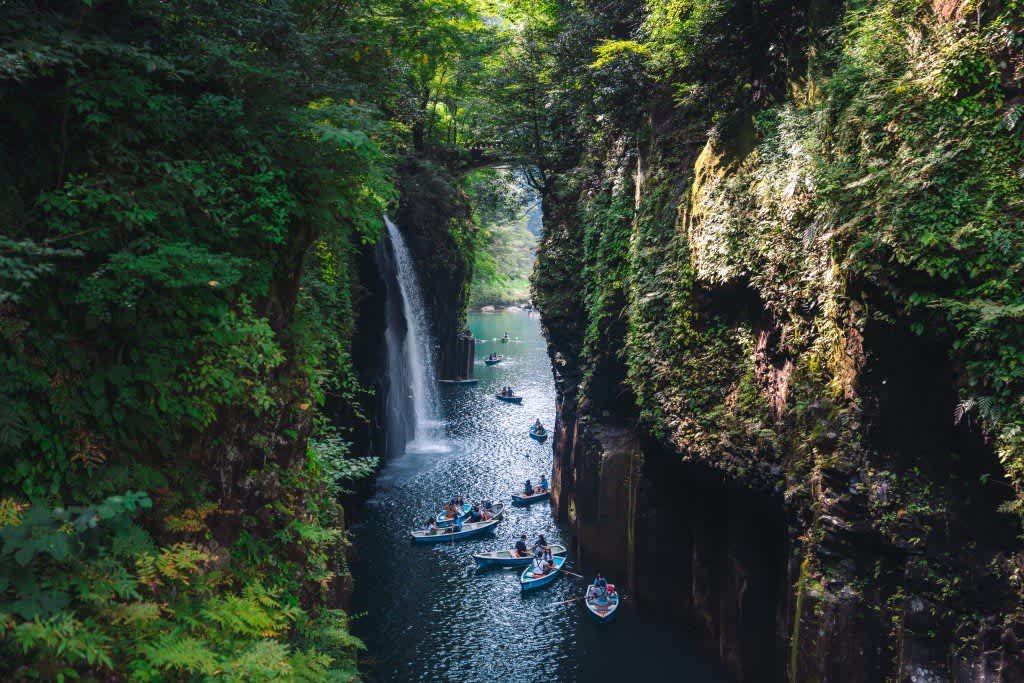


#5 — Kamishikimi Kumanoimasu Shrine (Kumamoto Prefecture)
Reasonably close to Takachiho Gorge (great to see in succession) lies the gorgeous wooded shrine, Kamishikimi Kumanoimasu Shrine. Greeted with a very unassuming entrance that protects this sacred place from being seen from the outside, Kamishikimi Kumanoimasu is a place of atmosphere and spiritual ambience. It’s regarded by locals as a power spot. The only thing you can hear is the sound of rustling trees. True bliss.
Getting there: Your best bet is to hire a car or arrange a group shuttle bus due to the 2016 Kumamoto earthquakes disrupting the Kumamoto to Takamori train line.

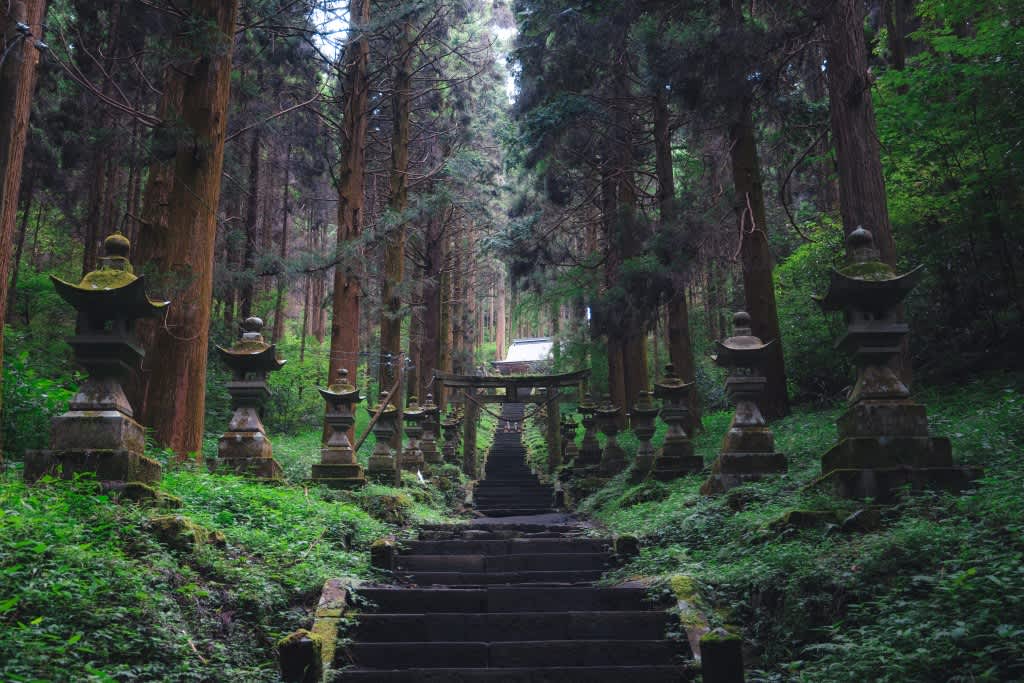
#6 — Mt Aso (Kumamoto Prefecture)
The caldera surrounding the active volcano is massive, with rugged, textural landscapes surrounding the mountain and clouds rolling above. On a good day, all five peaks of Mt Aso are visible, offering an unforgettable sight of the crown jewel of Kyushu.
Getting there: Due to the 2016 Kumamoto earthquakes, the railway line between Kumamoto and Aso was damaged. Express buses travel from Kumamoto Bus Terminal to Aso station. You can reach the Nakadake crater by Mt Aso Crater Line bus to Asosan Nishi station. From there, it’s a short shuttle bus ride to the crater. Check the volcano’s current state before you go as access to the crater can be closed from time to time due to gases.

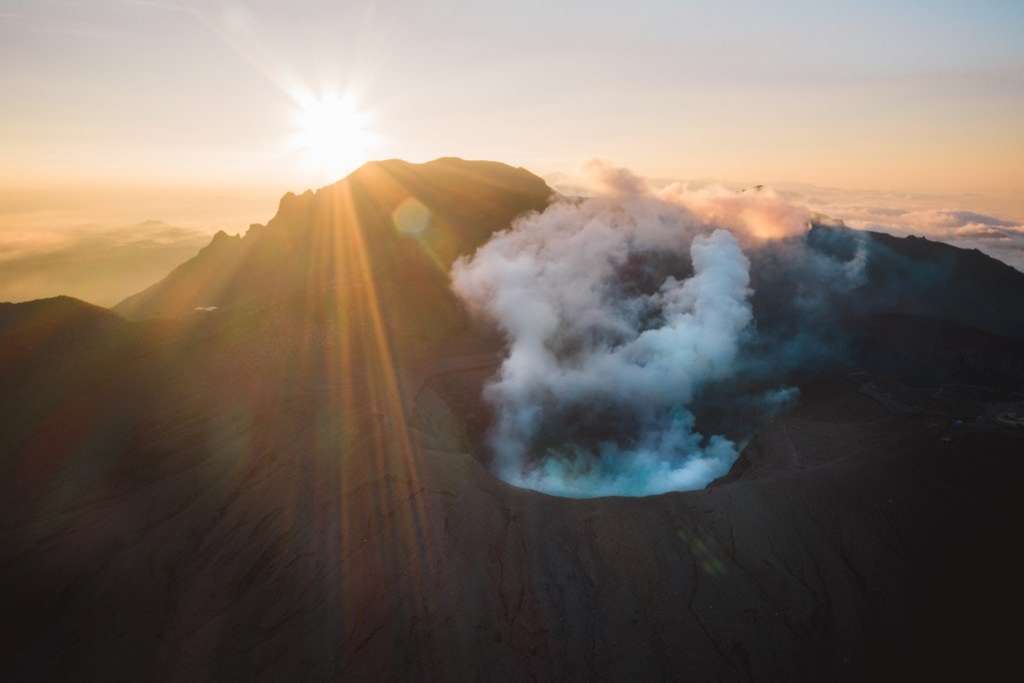
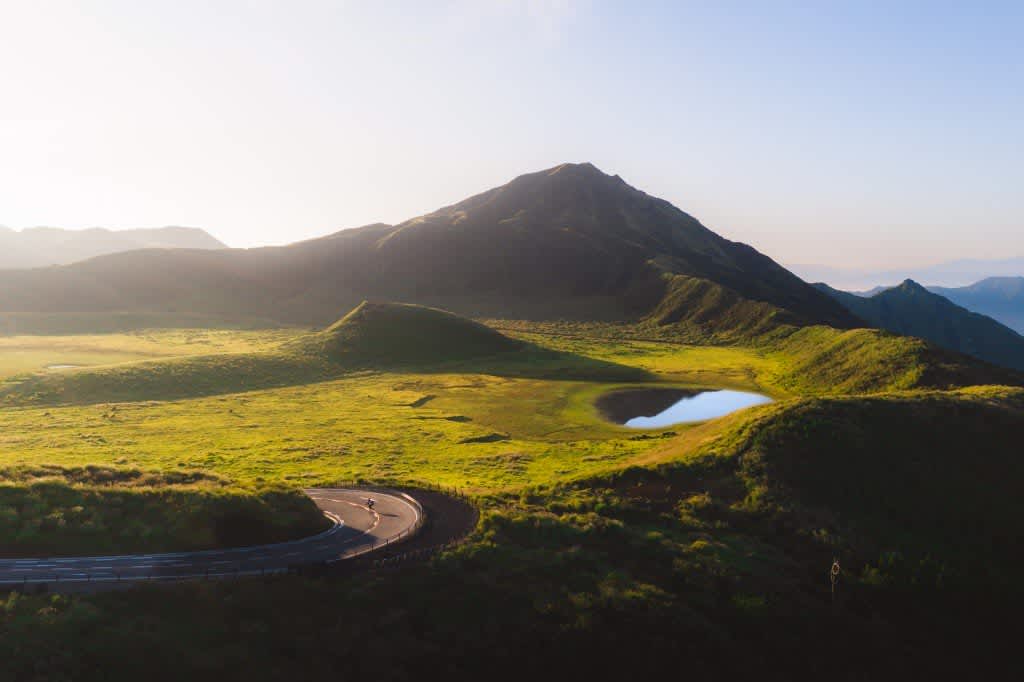

#7 — Beppu (Oita Prefecture)
What better way to wind down after an adventure through Kyushu than a trip to the hot spring city of Beppu. A city with a lot of volcanic activity, it has 8 major geothermal spots, with the locals transforming these natural geysers into hot springs (onsen). Because of this, everywhere you look, the entire town of Beppu appears to be steaming! Stay overnight at a ryokan (Japanese-style inn) for the full experience.
Getting there: Take the Tokaido/Sanyo Shinkansen from Tokyo to Kokura Station and transfer to the Sonic limited express train for Beppu. The entire one way trip takes about 6 hours. Japan Rail Pass holders will require an additional hour, because they cannot use Nozomi trains along the Tokaido/Sanyo Shinkansen, and should instead travel by Hikari and Sakura trains with an additional transfer at Shin-Osaka Station.


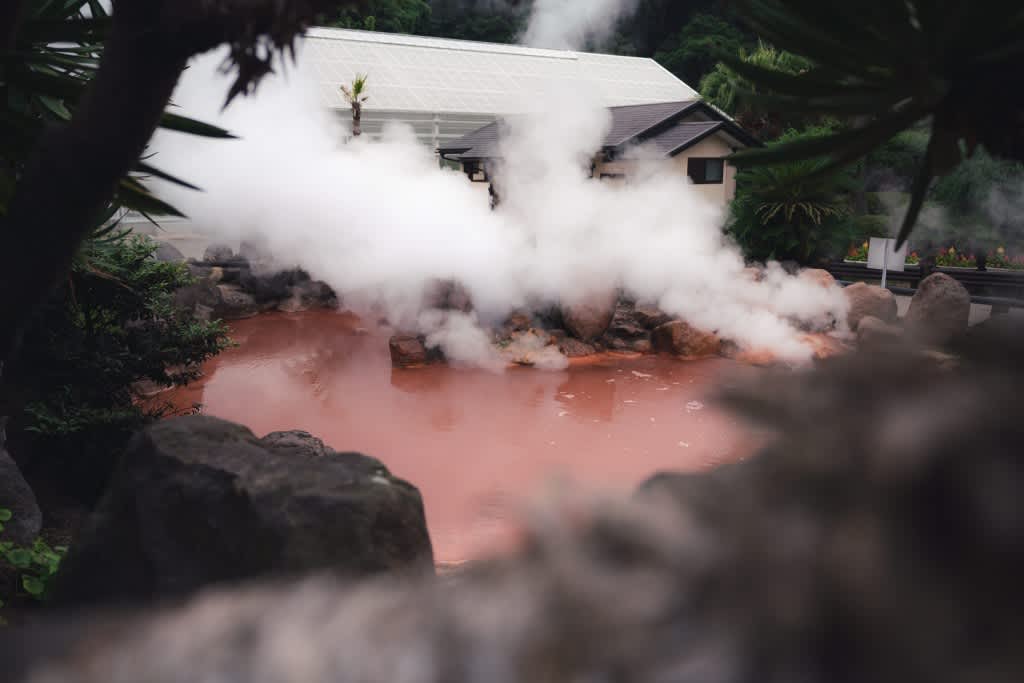
Photo credit: Pat Kay




























































